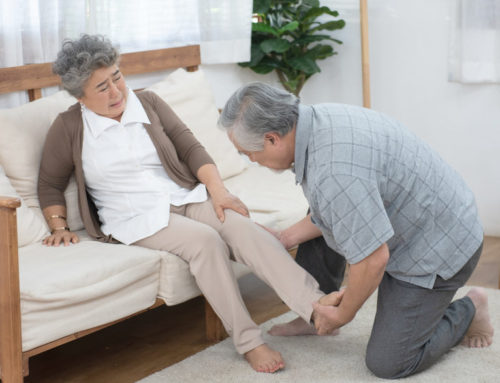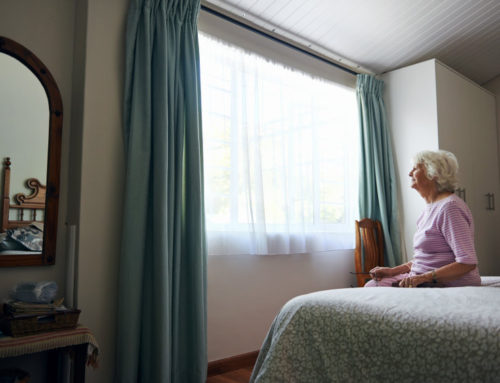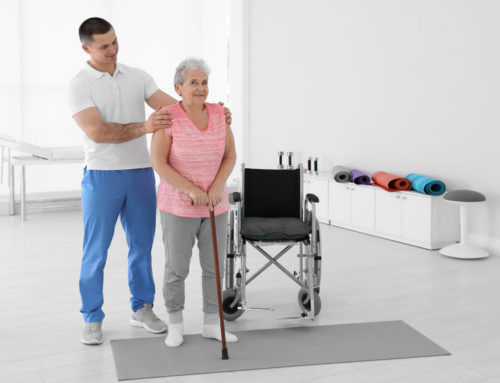Share This Story!
Risks After A Head Injury Require Professional Care
In the US, every year, over 2.6 million people experience a brain or head injury. Head injury patients are at higher risk of falling at home, having memory issues, or suffering from other complications that lead to hospital readmittance. A short-term care facility can provide the care head injury patients need to make a successful recovery.
What is considered a head injury?
A head injury is any damage to the scalp, skull, or brain caused by trauma. When the injury affects the brain, the injury is called a traumatic brain injury or TBI. Other head injuries include concussions, contusions, intracranial hematomas, and skull fractures.
Head injury patients often need daily help
Head injuries are dangerous and can lead to permanent disability and mental impairment. More than 5 million Americans require assistance with daily activities after suffering from a head injury.
How do patients recover?
Head injury recovery can vary significantly based on the patient, from months to years. This is because the brain heals slowly and differently than other parts of the body. A short-term care facility can help patients during this recovery period.
Caregiving at home may not be appropriate
Family members sometimes become caregivers to head injury patients. As head injuries require months or years for recovery, caregivers may find difficulty in receiving appropriate and adequate care for loved ones. Patients may require more resources than a caregiver can provide in an at-home setting.
Benefits of a short-term care facility
Rehabilitation after a head injury needs to begin immediately to ensure a good recovery. Patients sometimes have to relearn basic skills or adjust to a new level of functioning. A short-term care facility will provide proper support such as physical therapy, occupational therapy, and help with daily activities.
Team-based care
Patients benefit the most from rehabilitative care from a team of medical staff, nurses, and therapists with expertise in treating head injuries. A short-term care facility is equipped to handle head injury patients and provide specialized care.
Choosing the right short-term care facility
After a head injury, patients may require around-the-clock care to aid in the healing process. Choose a short-term care facility that offers the best treatment options to guarantee a safe and speedy recovery from a head injury.





